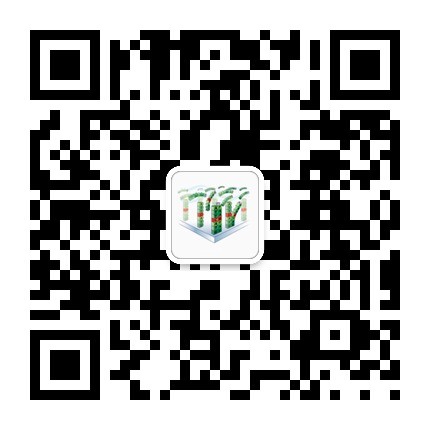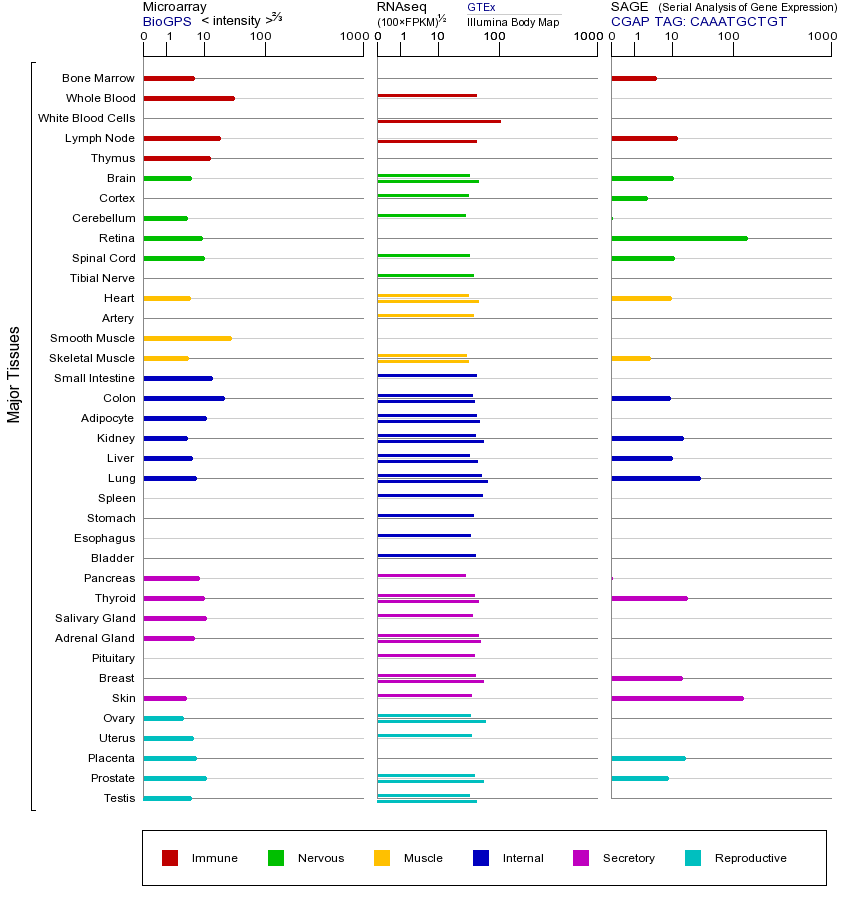STAT1 (signal transducer and activator of transcription 1)
- symbol:
- STAT1
- locus group:
- protein-coding gene
- location:
- 2q32.2
- gene_family:
- SH2 domain containing
- alias symbol:
- STAT91|ISGF-3
- alias name:
- transcription factor ISGF-3 compon…
- entrez id:
- 6772
- ensembl gene id:
- ENSG00000115415
- ucsc gene id:
- uc002usj.3
- refseq accession:
- NM_007315
- hgnc_id:
- HGNC:11362
- approved reserved:
- 1995-11-08
STAT1(信号转导和转录激活因子1,Signal Transducer and Activator of Transcription 1)是一种重要的转录因子,属于STAT蛋白家族。该家族共有7个成员(STAT1-4、STAT5A、STAT5B和STAT6),它们共同的特点是能够被细胞因子或生长因子激活,通过JAK(Janus激酶)介导的磷酸化形成二聚体并转入细胞核,调控靶基因的转录。STAT1主要参与干扰素(IFN)信号通路,当IFN-α/β或IFN-γ与受体结合后,STAT1被磷酸化并与STAT2或另一个STAT1分子形成复合物(分别形成ISGF3或STAT1同源二聚体),进而激活抗病毒、免疫调节和细胞生长抑制相关基因的表达。STAT1的功能位点包括SH2结构域(负责蛋白相互作用)和DNA结合域(识别特定序列如GAS或ISRE)。STAT1突变可能导致功能丧失或增强,例如功能丧失性突变与严重的免疫缺陷相关(如对病毒和分枝杆菌易感),而功能获得性突变可能引发慢性炎症或自身免疫疾病(如STAT1增益功能突变综合征)。STAT1过表达可能增强干扰素反应,导致过度炎症或自身免疫,而表达降低则可能削弱抗病毒和抗肿瘤免疫,增加感染或癌症风险。STAT1与多种疾病相关,包括感染性疾病、自身免疫病(如系统性红斑狼疮)和癌症(某些情况下STAT1抑制肿瘤,而在另一些情况下促进肿瘤进展)。STAT家族成员的共性是依赖酪氨酸磷酸化激活、形成二聚体并调控细胞增殖、分化和免疫反应相关基因。
The protein encoded by this gene is a member of the STAT protein family. In response to cytokines and growth factors, STAT family members are phosphorylated by the receptor associated kinases, and then form homo- or heterodimers that translocate to the cell nucleus where they act as transcription activators. This protein can be activated by various ligands including interferon-alpha, interferon-gamma, EGF, PDGF and IL6. This protein mediates the expression of a variety of genes, which is thought to be important for cell viability in response to different cell stimuli and pathogens. Two alternatively spliced transcript variants encoding distinct isoforms have been described. [provided by RefSeq, Jul 2008]
由该基因编码的蛋白质是STAT蛋白家族的一个成员。响应于细胞因子和生长因子,STAT家族成员是由受体相关的激酶磷酸化,然后形成同源该转位到细胞核,其中它们作为转录激活剂或异二聚体。这种蛋白质可通过多种配体,包括干扰素-α,干扰素-γ,EGF,PDGF和IL6被激活。该蛋白介导的各种基因,这被认为是对细胞活力重要响应于不同的细胞刺激和病原体的表达。两个编码不同同种型的可变剪接转录物变体已有描述。 [由RefSeq的,2008年7月提供]
基因本体信息
STAT1基因(以及对应的蛋白质)的细胞分布位置:
- 质膜
- 细胞质
- 细胞外
- 高尔基体
- 囊泡
- 细胞骨架
- 内质网
- 细胞核
- 内体
- 溶酶体
- 线粒体
STAT1基因的本体(GO)信息:
| 名称 |
|---|
| 4630 Jak-STAT signaling pathway [PATH:hsa04630] |
| 4620 Toll-like receptor signaling pathway [PATH:hsa04620] |
| 4062 Chemokine signaling pathway [PATH:hsa04062] |
| 4917 Prolactin signaling pathway [PATH:hsa04917] |
| 4919 Thyroid hormone signaling pathway [PATH:hsa04919] |
| 4380 Osteoclast differentiation [PATH:hsa04380] |
| 5200 Pathways in cancer [PATH:hsa05200] |
| 5212 Pancreatic cancer [PATH:hsa05212] |
| 5321 Inflammatiory bowel disease (IBD) [PATH:hsa05321] |
| 5152 Tuberculosis [PATH:hsa05152] |
| 5162 Measles [PATH:hsa05162] |
| 5164 Influenza A [PATH:hsa05164] |
| 5161 Hepatitis B [PATH:hsa05161] |
| 5160 Hepatitis C [PATH:hsa05160] |
| 5168 Herpes simplex infection [PATH:hsa05168] |
| 5145 Toxoplasmosis [PATH:hsa05145] |
| 5140 Leishmaniasis [PATH:hsa05140] |
| 名称 |
|---|
| Antiviral mechanism by IFN-stimulated genes |
| Cytokine Signaling in Immune system |
| Disease |
| Diseases of signal transduction |
| Downstream signal transduction |
| FGFR1 mutant receptor activation |
| Growth hormone receptor signaling |
| Interferon alpha/beta signaling |
| Interferon gamma signaling |
| Interferon Signaling |
| Interleukin-6 signaling |
| ISG15 antiviral mechanism |
| Regulation of IFNA signaling |
| Regulation of IFNG signaling |
| Signaling by FGFR in disease |
| Signaling by FGFR1 fusion mutants |
| Signaling by FGFR1 in disease |
| Signaling by FGFR1 mutants |
| Signaling by Interleukins |
| Signaling by PDGF |
| Signaling by SCF-KIT |
| 疾病名称 | 关系值 | NofPmids | NofSnps | 来源 |
| IMMUNODEFICIENCY 31B | 0.36 | 2 | 4 | CLINVAR_ORPHANET_UNIPROT |
| Candidiasis, Chronic Mucocutaneous | 0.243800186 | 14 | 3 | BeFree_CTD_human_ORPHANET |
| CANDIDIASIS, FAMILIAL, 7 | 0.24 | 2 | 15 | CLINVAR_UNIPROT |
| IMMUNODEFICIENCY 31A | 0.24 | 3 | 0 | ORPHANET_UNIPROT |
| Arthritis, Experimental | 0.2 | 2 | 0 | CTD_human_RGD |
| Liver carcinoma | 0.125624334 | 13 | 0 | BeFree_CTD_human_GAD |
| Mycobacterium Infections | 0.123257302 | 13 | 0 | BeFree_CTD_human |
| Liver Cirrhosis | 0.122638474 | 3 | 0 | BeFree_CTD_human_GAD |
| Rheumatoid Arthritis | 0.122171535 | 9 | 0 | BeFree_CTD_human |
| hearing impairment | 0.12 | 1 | 0 | CTD_human |
联系方式
山东省济南市章丘区文博路2号 齐鲁师范学院 genelibs生信实验室
山东省济南市高新区舜华路750号大学科技园北区F座4单元2楼
电话: 0531-88819269
E-mail: product@genelibs.com
微信公众号
关注微信订阅号,实时查看信息,关注医学生物学动态。







